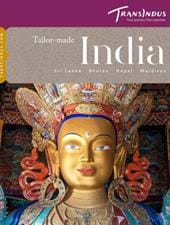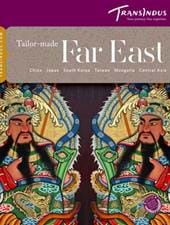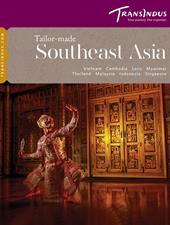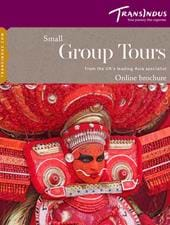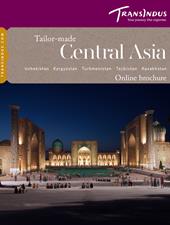The coastal state of Odisha (formerly ‘Orissa’) in eastern India is now something of a backwater – very traditional in its outlook, predominantly rural, with a large Adivasi (‘tribal’) minority inhabiting the forests of its hilly hinterland. But between the 7th and 13th centuries, it was the eastern seaboard’s most powerful region – the centre of a trade network extending across the Bay of Bengal to Indonesia and beyond.
Profits from this maritime commerce enabled a succession of dynasties to erect an extraordinary wealth of temples, among them the gigantic Jagannath in Puri, and resplendent Sun Temple in Konark – two of the great wonders of medieval India. The state capital, Bhubaneshwar, also holds a wonderful crop of intricately sculpted shrines dating from the 5th and 6th centuries – the most impressive of them the mighty Lingaraj Mandir, visited by upwards of 6,000 worshippers each day.
Historical monuments, however, become few and far between once you venture southwest into the remote Niyamgiri hill tract in the interior, the homeland of numerous forest-dwelling indigenous groups.
Weekly markets provide a great opportunity to mingle with the tribal people, dressed in traditional costumes. With their facial tattoos and distinctive jewellery, the Dongria Kondh are among the best known outside Odisha thanks to their on-going conflict with a British multi-national which intends to mine for bauxite on their sacred mountain, Niyam Dongar.

